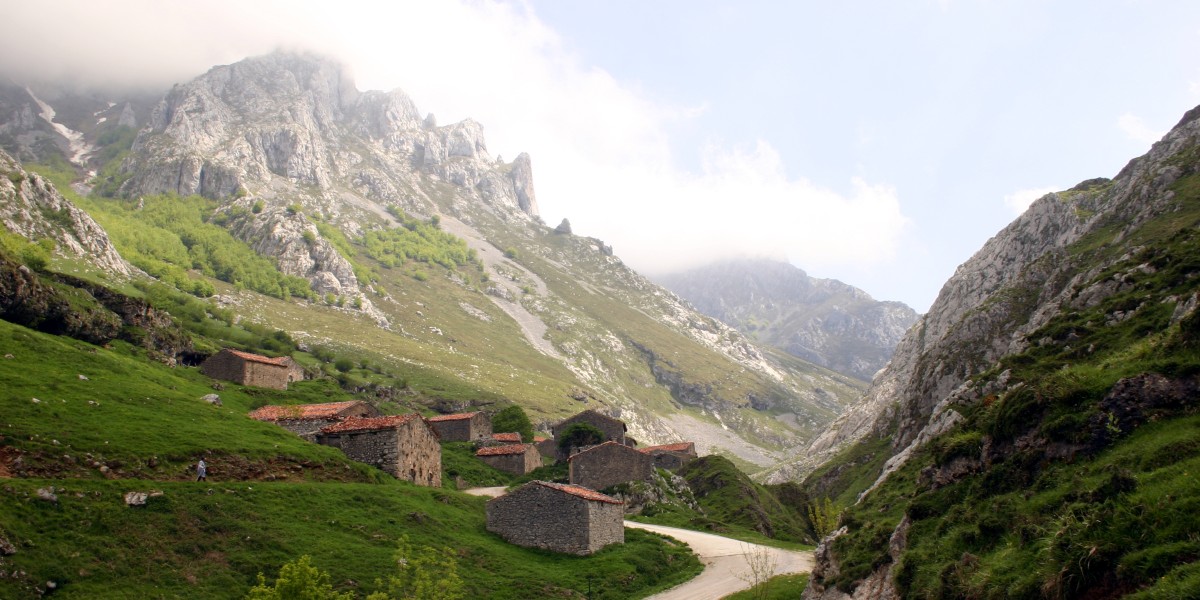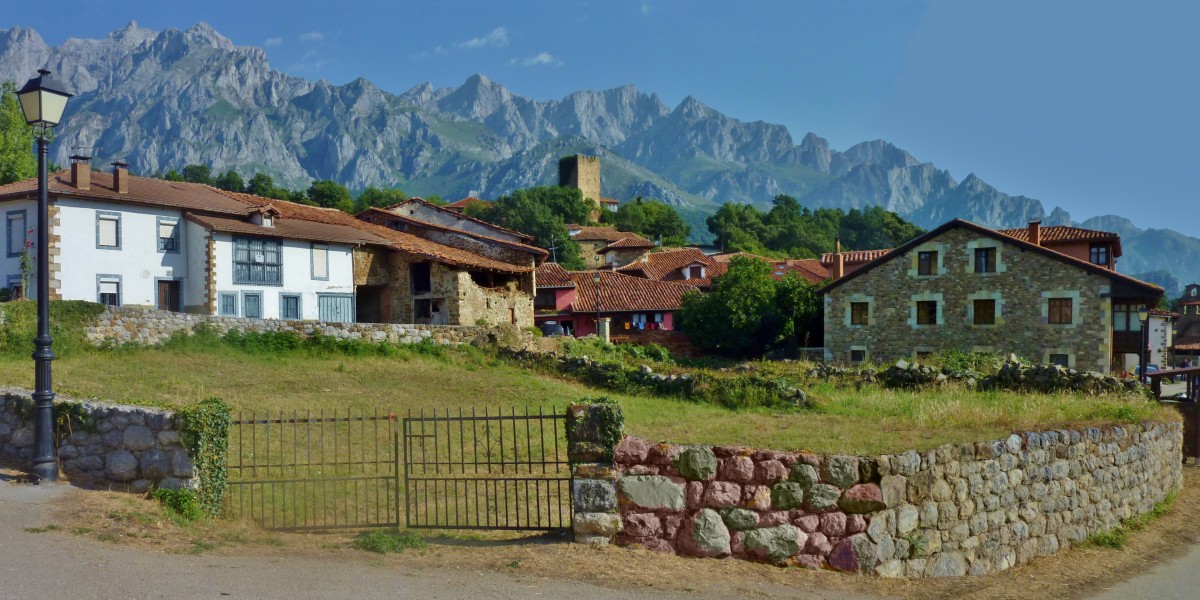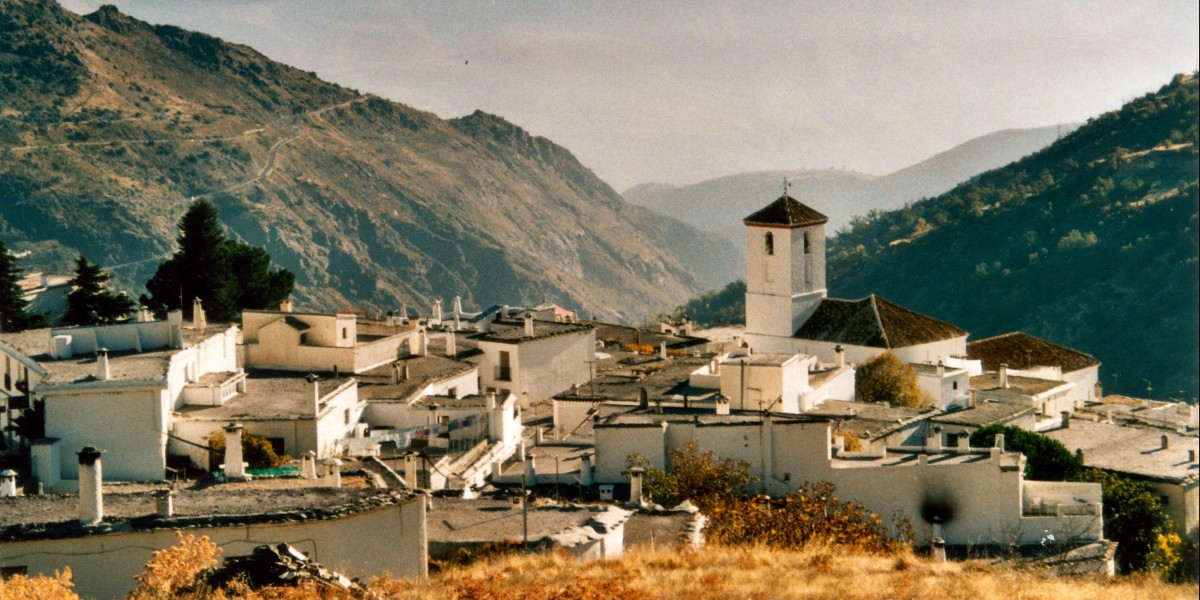
Slate roofs dusted white, church bells on cold air, and a tasca stove bubbling with stews sum up winter in Spain's snowy villages. Snowfall in Spain comes in the form of high Pyrenean valleys, tucked-away Picos hamlets and the Alpujarra’s whitewashed tiers with the Sierra Nevada lightly powdered above.
- Taüll, Vall de Boí (Catalan Pyrenees)
- Arties, Val d’Aran (Catalan Pyrenees)
- Aínsa, Huesca (Aragonese Pyrenees)
- Sotres, Cabrales (Picos de Europa)
- Ochagavía/Otsagabia (Navarre Pyrenees)
- Mogrovejo, Liébana (Picos de Europa)
- Posada de Valdeón, León (Picos de Europa)
- Albarracín (Teruel)
- Pedraza (Segovia)
- Capileira, La Alpujarra (Granada)
Taüll, Vall de Boí (Catalan Pyrenees)
Arguably one of the most beautiful villages in the Catalan Pyrenees, Taüll is tiny, handsome and steeped in Pyrenean Romanesque. When snow settles, the bell towers of Sant Climent and Santa Maria look otherworldly against the valley walls. The Boí Taüll ski area sits up the road, so you get proper winter atmosphere without the bustle of a mega-resort.
- Don’t miss: the immersive light show inside Sant Climent that reimagines the medieval frescoes.
- Eat and warm up: order trinxat, the Pyrenean bumble and squeak, or a local mountain stew, and arrive hungry as portions are generous.
Insider tip: signage appears in Catalan, and village names keep their local spelling.
Arties, Val d’Aran (Catalan Pyrenees)

Arties sits on the river with chunky stone houses and a Romanesque church, five minutes’ drive from Baqueira‑Beret. Snow in the valley is common in mid‑winter, and the nightlife is surprisingly lively for a mountain village.
- Festive feel: lights along the river, Reyes traditions in early January, and bars buzzing after ski.
- Eat and warm up: olla aranesa (the local stew) is exactly what you want on a biting day.
- Getting there: the Vielha tunnel keeps access open even when higher passes close. Local buses connect villages with the ski lifts, handy if the road looks slick.
To get an idea of prices, a coffee is often €1.50–€2, a caña is €2–€3, and a hearty menu del día costs around €15–€20.
Aínsa, Huesca (Aragonese Pyrenees)
Aínsa’s old quarter sits on a hill above the Cinca and Ara rivers. After a cold snap, the Medieval plaza stones take on a thin white coat, and views to the Pyrenees feel cinematic. Snow is less consistent on the low hilltop, but the look and the food make it worth a winter wander.
- Day trips: clear‑weather drives toward Ordesa viewpoints are special, but watch for closures in the park.
- Nearby ski: Cerler is within a long day’s reach and quieter cross‑country circuits scatter the region in good winters.
- Eat and warm up: hearty migas, cured embutidos, and local cheeses.
Aínsa features on the official “most beautiful village” list for 2025, so mid‑winter weekends can still see some footfall.
Sotres, Cabrales (Picos de Europa)

Perched high in Cabrales, Sotres is the highest village in Asturias. It looks out over a tangle of limestone ridges. The road snakes up steeply, and the wind can be cutting, but the drama is unmatched when the peaks are iced.
- Nearby: Bulnes is a separate hamlet tucked in a side valley. The funicular keeps running in most weather, but conditions dictate everything here.
- Eat and warm up: fabada, lethal Cabrales cheese sauces, and cider poured the Asturian way.
Photo idea: switchbacks above the village after a fresh fall, with the ridge line glowing at golden hour.
Ochagavía/Otsagabia (Navarre Pyrenees)
This Roncal‑Salazar village is all slate roofs and old bridges, tucked below the Irati Forest. When the beech woods go white, it’s storybook stuff, and a top Spanish village to visit at Christmas. You’ll hear both Spanish and Basque, and local traditions run deep.
- Winter wanders: snowshoe circuits in Irati open when conditions allow.
- Eat and warm up: Roncal cheese is a must, along with grilled meats, while small bars serve txistorra in a bap.
- Getting there: mountain roads have long shaded sections. Carry chains and leave before dusk in unsettled weather.
Insider tip: look for bilingual signs (Otsagabia is the Basque name) and keep an eye on NA‑road alerts.
Mogrovejo, Liébana (Picos de Europa)

Located in the region of Cantabria, Mogrovejo has a medieval tower, tidy stone houses and a meadow that turns painterly under snow. It’s one of Liébana’s prettiest hamlets, with the high Picos looming behind.
- Ride the Fuente Dé cable car for dependable high‑level snowscapes when it’s operating.
- Eat and warm up: mountain stews and local goat’s cheese do the job.
Insider tip: chestnut woods just outside the village hold their snow beautifully for photographs.
Posada de Valdeón, León (Picos de Europa)
Set deep in a cirque, Posada de Valdeón feels remote and serene in winter. When frost hits the valley floor and snow sits on the rims above, the contrast is lovely. Early mornings are quiet, save for the river and the bell of Santa Eulalia Chapel, with woodsmoke curling from slate roofs.
- Short strolls: flat paths along the river are safer in icy spells. The Cares Gorge can be treacherous after snow, so pick sections conservatively and avoid narrow ledges.
- Eat and warm up: embutidos, cured meats, from León, and caldo warm you through.
Be aware that mountain passes may close without much warning, so always check the latest advisories before setting off.
Albarracín (Teruel)

Albarracín is a walled town of russet stone, winding lanes and Moorish ramparts. The ring of walls climbs the ridge to the old alcázar, with towers and tight gate arches that feel properly medieval.
- Short rambles: skirt the outer walls for views over the bend in the river.
- Eat and warm up: Teruel jamón, trout, and simple stews are the order of the day.
Often singled out on “most beautiful” lists, which means some winter weekends can be busy.
Pedraza (Segovia)
Pedraza’s ramparts, cobbles and colonnaded square look almost stage‑set under a light snowfall. The Sistema Central doesn’t guarantee white weekends, but when Madrid gets a cold front, Pedraza earns its winter stripes.
- Festive mood: nativity scenes, low‑key lights and fire‑warmed eateries. It’s cosy and unhurried.
- Eat and warm up: Castilian roasts, soups, and a glass of Ribera del Duero won’t steer you wrong.
Take a day trip or long weekend to Pedraza from Madrid for a nature fix during the chilly season.
Capileira, La Alpujarra (Granada)

Perched over the Poqueira Gorge, Capileira’s stacked white houses, flat roofs and chimeneas make a striking winter scene when the Sierra Nevada wears a dusting. Sunshine is common, but cold nights and occasional flurries keep it wintry.
- Snow notes: head a little higher for better odds of snow, and expect closures after big storms beyond Pampaneira or towards Trevélez.
- Short walks: terrace paths and acequia routes can be lovely on clear, cold days. Always check conditions and avoid any exposed ledges after ice.
- Eat and warm up: jamón from nearby Trevélez, trout, hearty plato alpujarreño.
While in Southern Spain, you could visit the coldest village in Andalusia to get a flavour of how nippy it can feel even down south.
Stay inspired for your travels in Spain—get our weekly newsletter for the latest travel guides, cultural news, and lifestyle tips.
